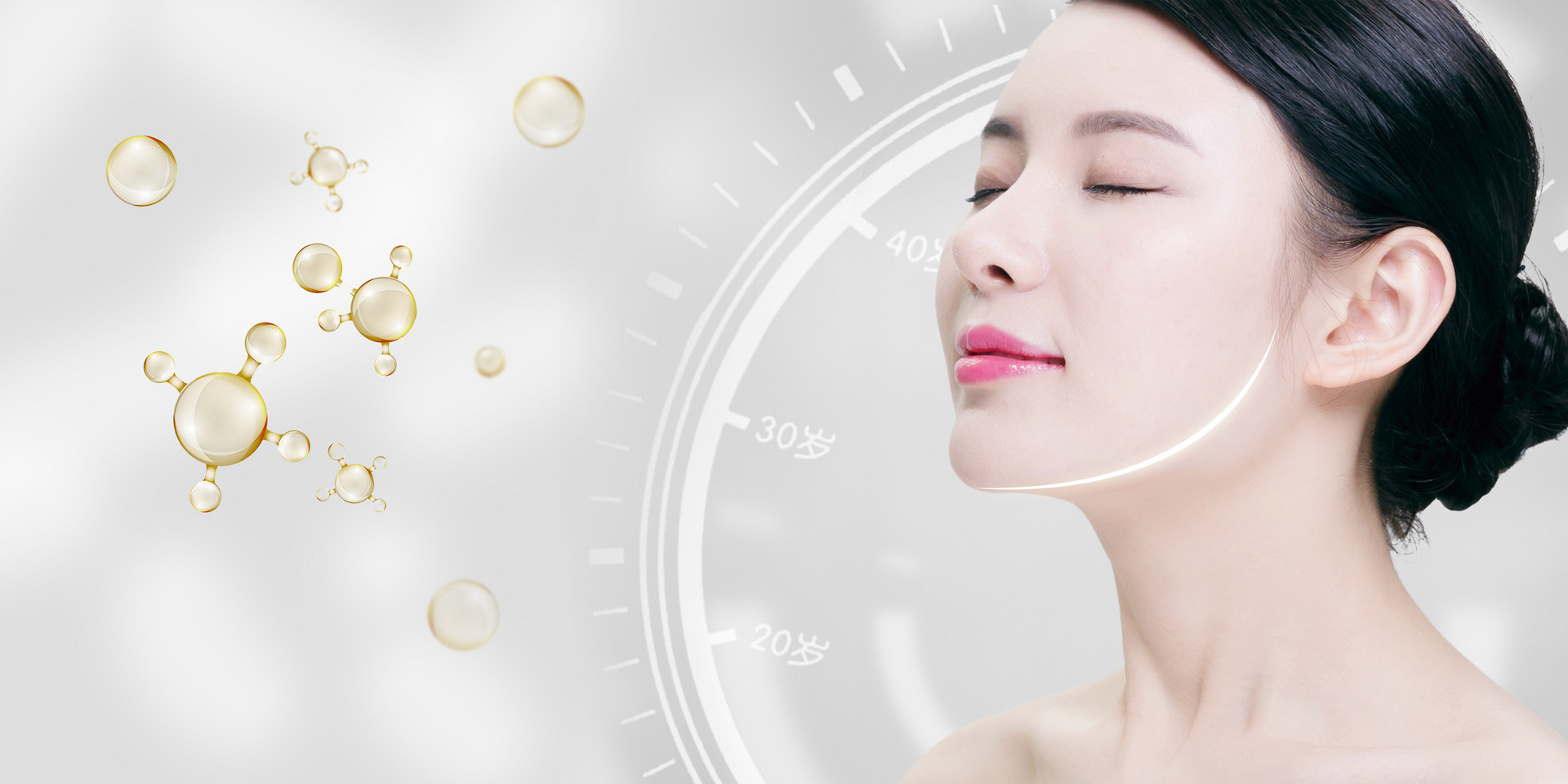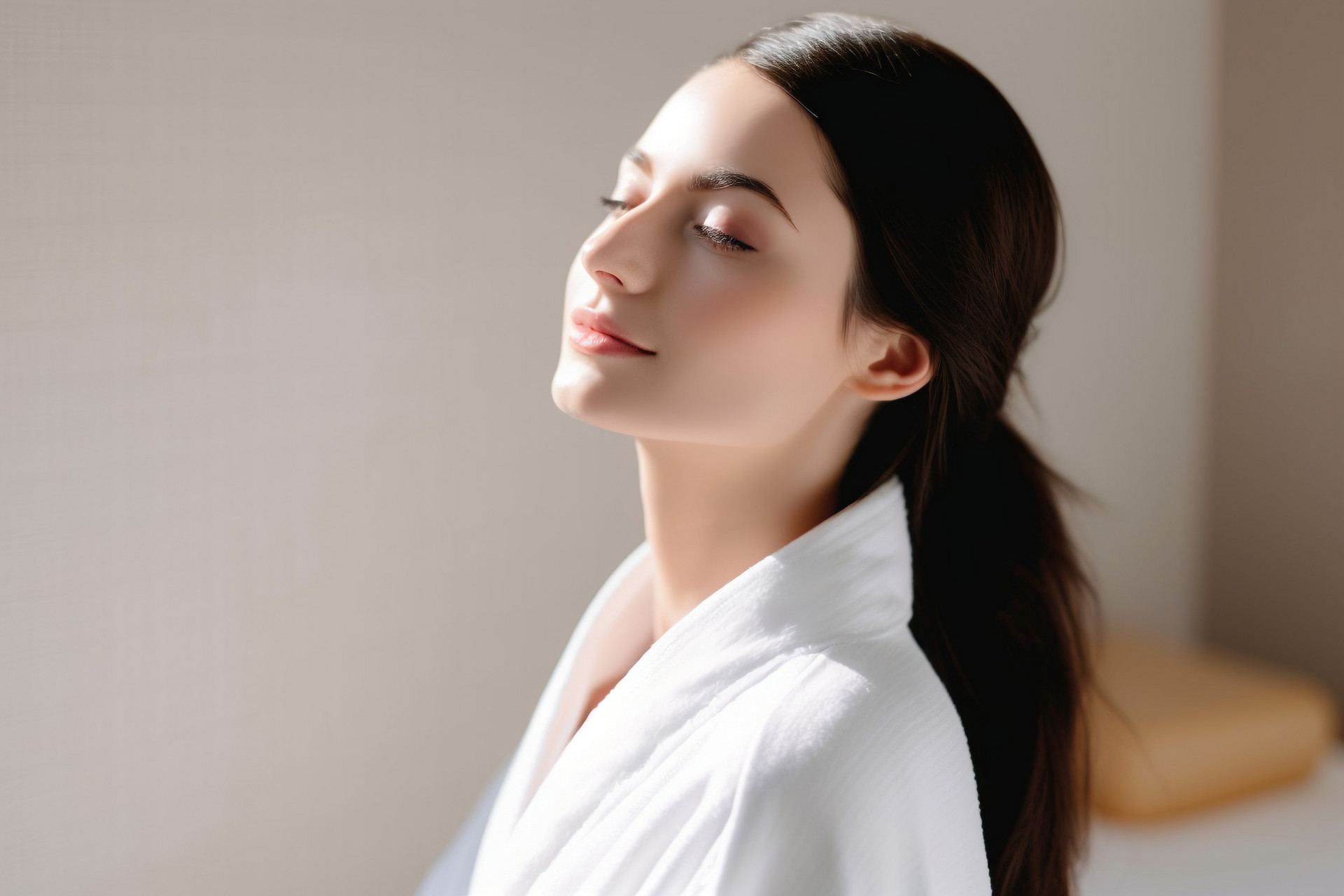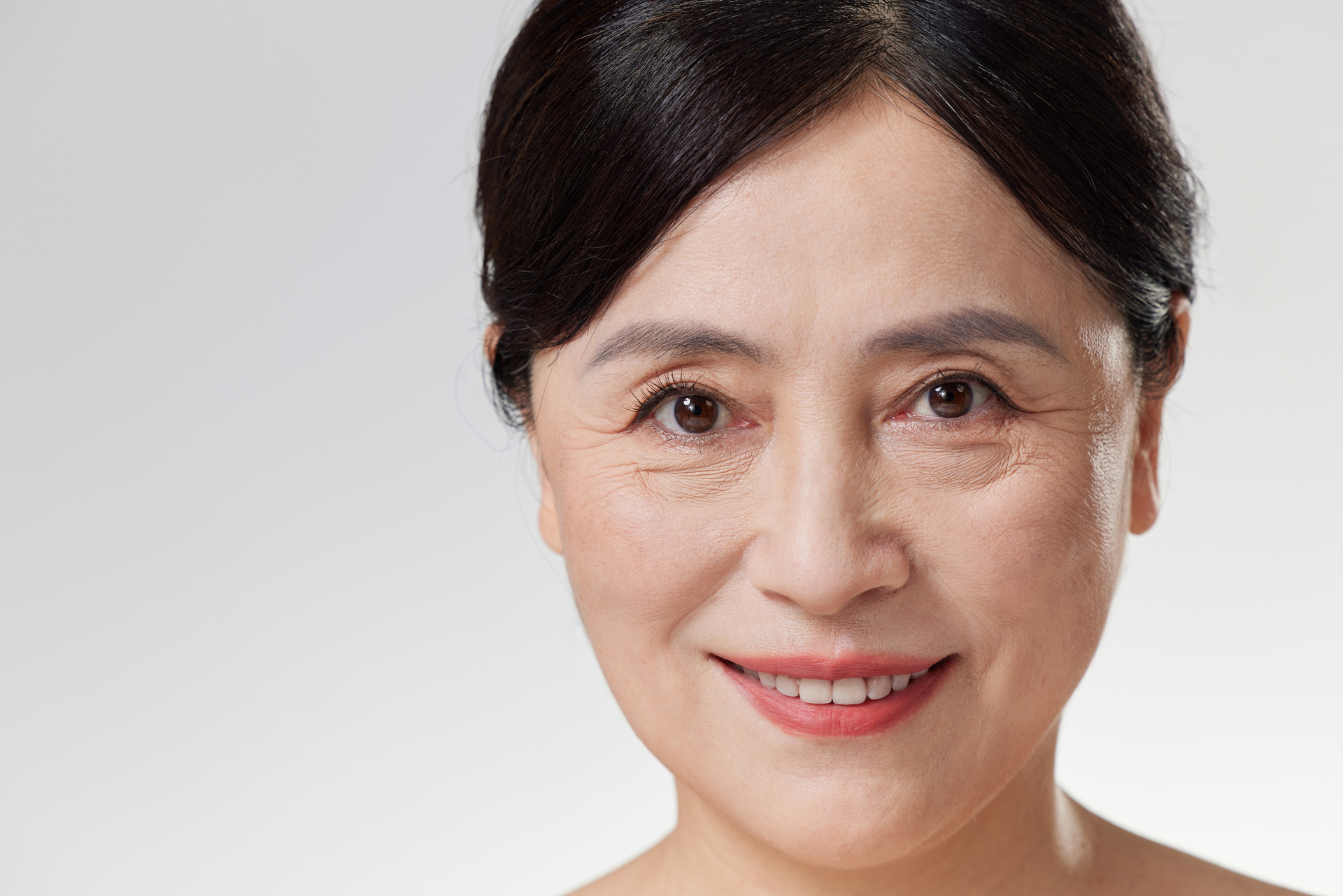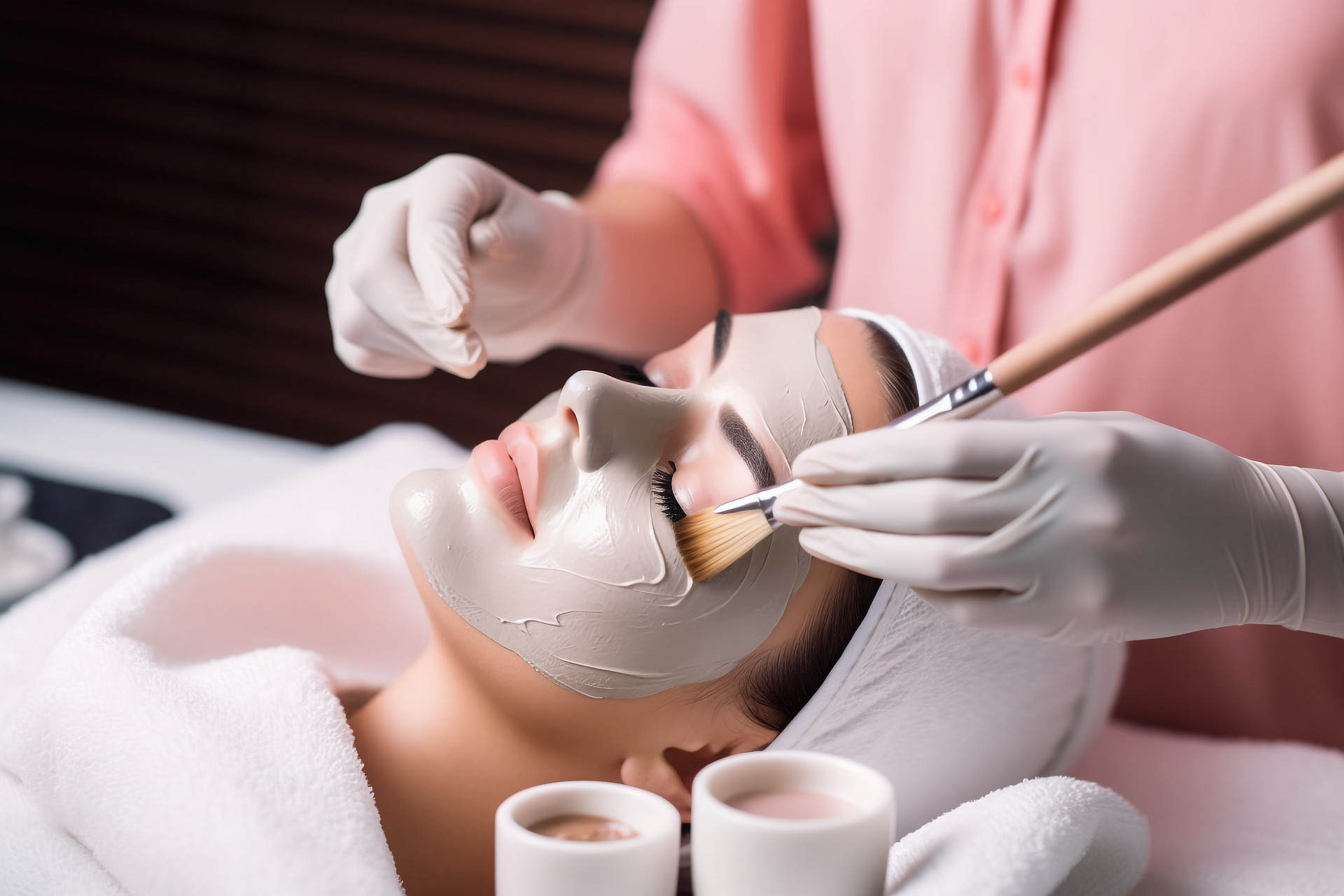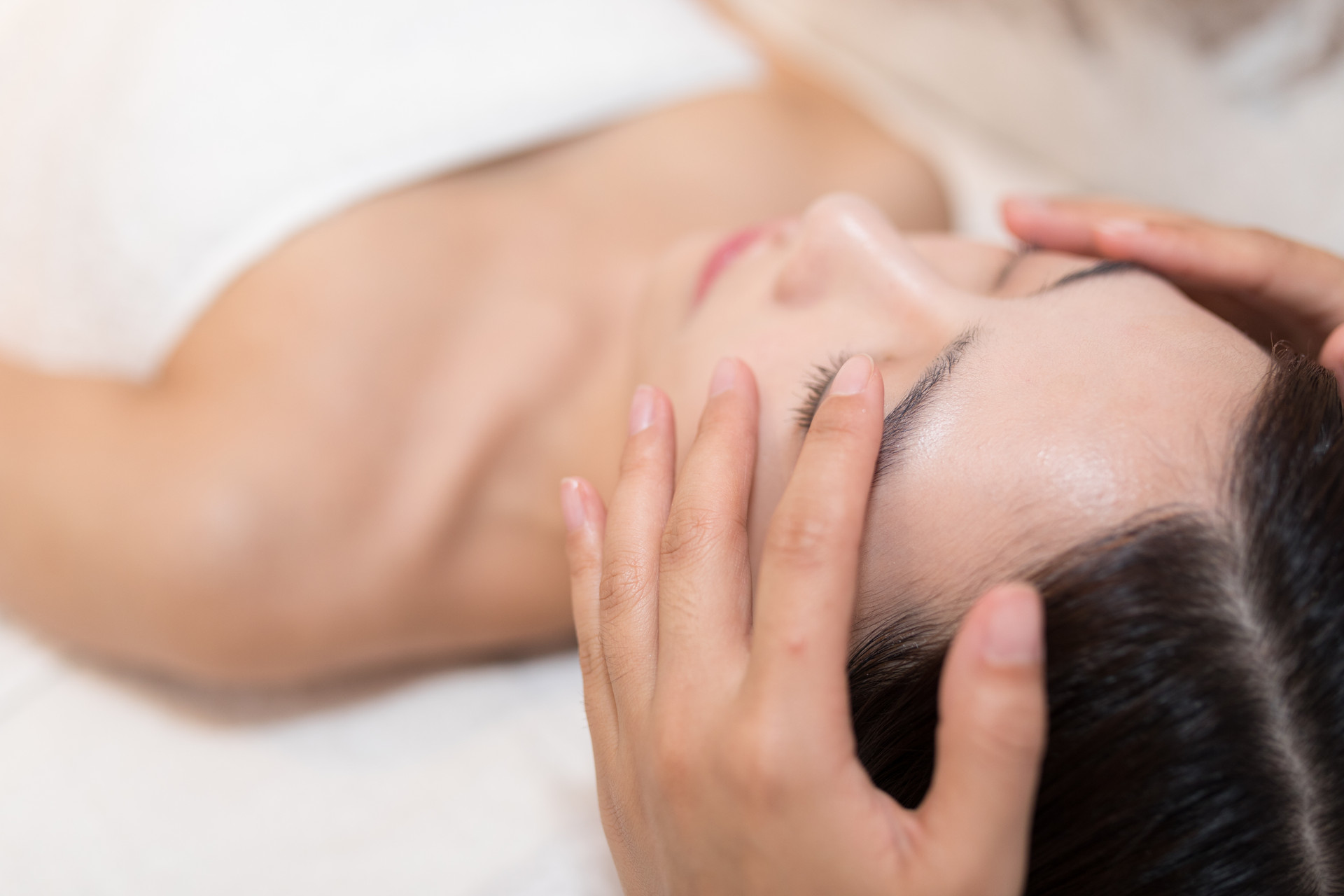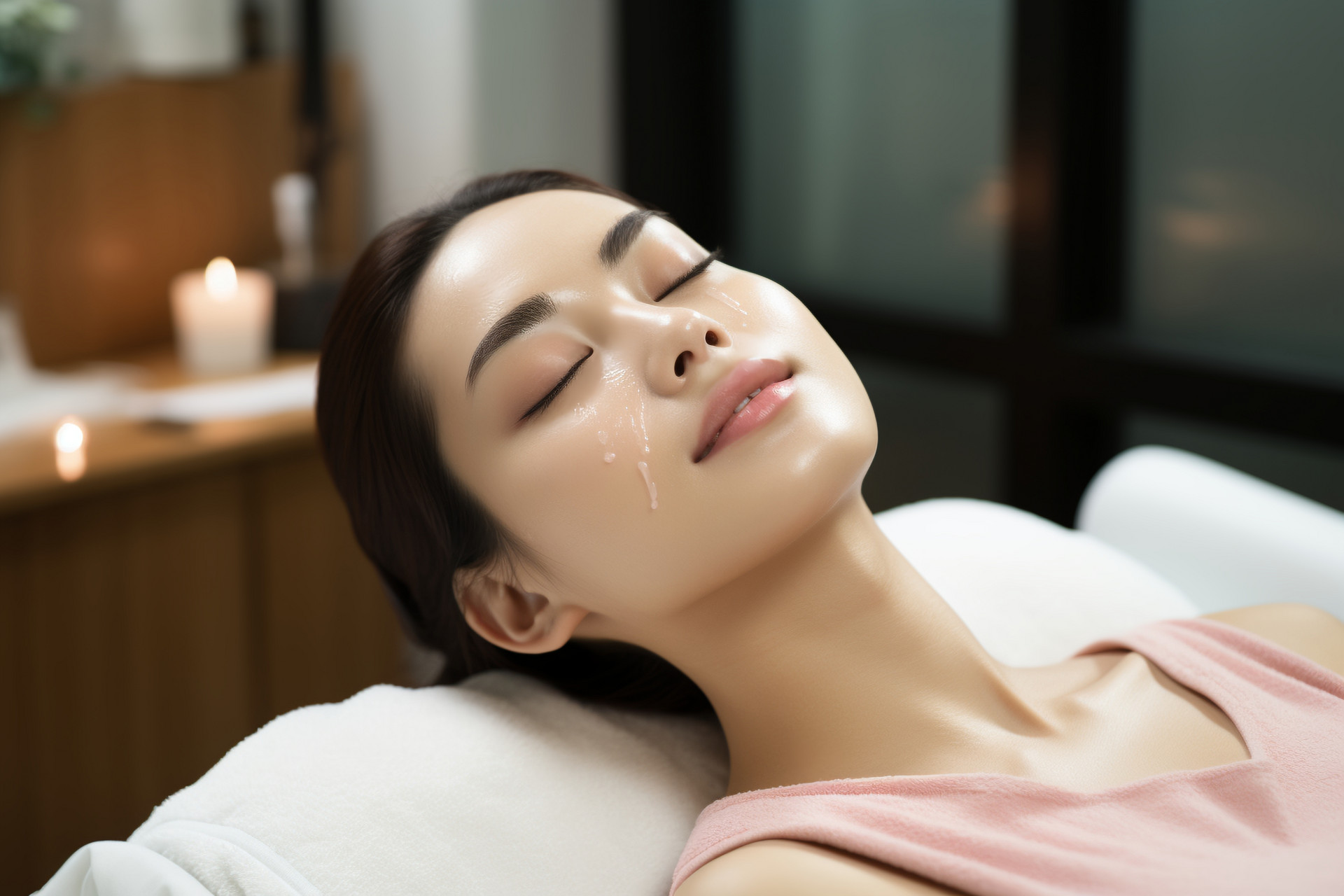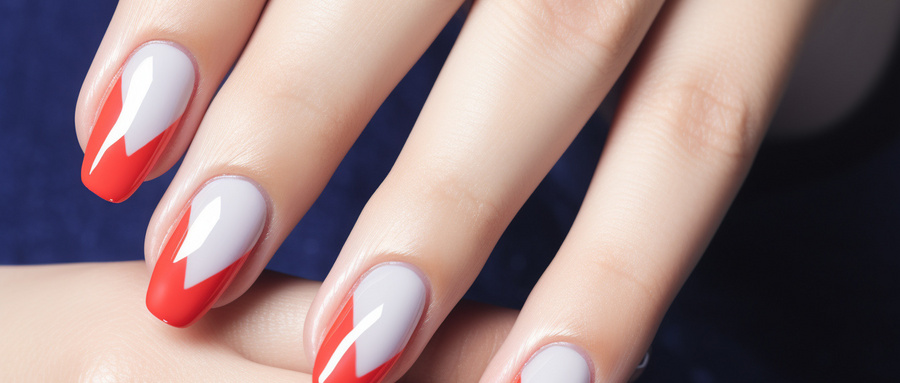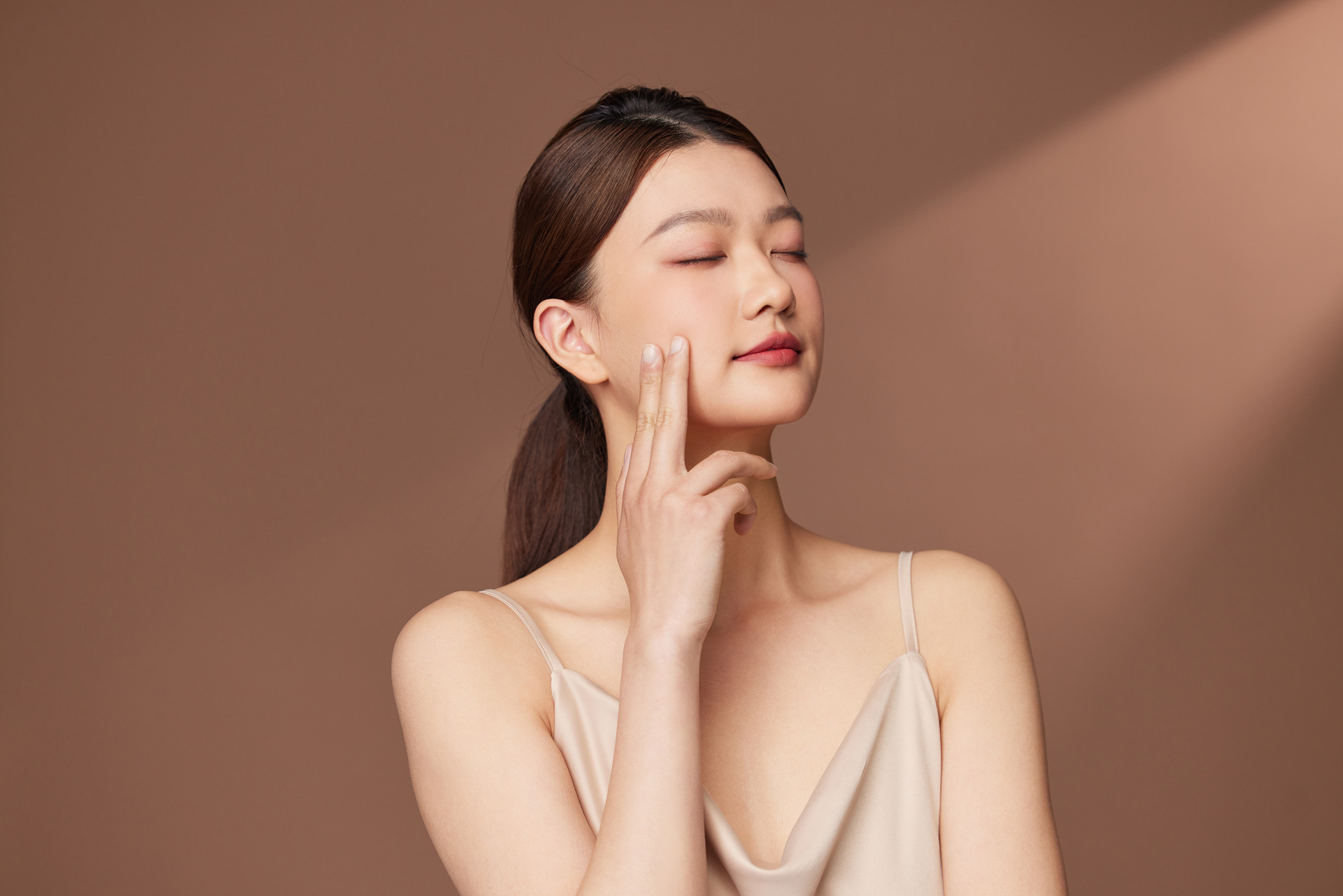
In traditional Chinese medicine clinics, we often encounter beauty enthusiasts who eagerly show their skin spots to doctors, hoping to use the "magic" of Chinese medicine to painlessly and effortlessly remove these spots. So, in clinical practice, which spots can be effectively treated with Chinese medicine, and which spots are better treated with Western medical techniques? Let's learn about the various types of skin spots in the human body.
Why does the skin develop spots?
The darkening of the skin is actually a self-protective reaction of the skin. The melanocytes in the skin secrete melanin, and when the skin is stimulated, it releases melanin to protect itself. Sun exposure is a common cause of skin darkening. When UV rays penetrate the skin and reach the dermis, melanocytes secrete melanin to block the UV rays, resulting in a darker skin tone. Inflammatory reactions caused by mosquito bites, acne inflammation, or burns from hot water can also stimulate excessive melanin production, leading to pigmentation. However, these pigments will gradually fade over time, unless they are very severe. The duration of fading depends on age, constitution, and the skin's repair ability. In general, treatment is not necessary. However, as people age, the skin's metabolism slows down, and its natural repair ability decreases, resulting in slower fading.
Classification and treatment of common skin spots
According to the location of the spots, they are usually classified into superficial spots, deep spots, and mixed superficial-deep spots.
Superficial spots, also known as epidermal spots, include freckles, age spots, and melasma.
Freckles are commonly seen in Hollywood movies, with adorable little boys covered in freckles. Freckles are more common in children and adolescents and are related to genetic factors. Excessive sun exposure can increase their appearance. They are typically small, brownish-black spots, symmetrically distributed on the face, sometimes extending across the bridge of the nose, resembling the size and shape of bird eggs, hence the name "freckles." Traditional Chinese medicine has a long history of using topical herbal medicine to remove freckles. However, freckles are a dominantly inherited genetic disorder and belong to superficial pigmentation. Modern laser technology can easily break down the pigment particles, while topical herbal medicine is slow and prone to secondary infections. Therefore, Chinese herbal medicine is rarely used in the treatment of freckles nowadays.
Age spots, also known as seborrheic keratosis, are commonly seen on the face, hands, and feet, areas that are exposed to the sun. They are a sign of the body entering the aging stage. Age spots are superficial and can be easily removed with laser treatment. However, in today's society with high levels of stress, age spots can also be seen in young people, which often indicates poor health. In such cases, Chinese medicine should be used to regulate the body from the root to eliminate the factors that contribute to aging.
Melasma, also known as "café-au-lait spots," is a type of birthmark and belongs to a congenital pigmentation disorder. They are usually faint or not noticeable at birth but gradually become more prominent with age. The color of melasma resembles coffee with milk, and the borders are very clear. Similar to freckles, the pigment is located in the outermost layer of the skin and can be treated with laser, abrasion, or phototherapy. Chinese medicine treatment is rarely used in clinical practice.
Deep spots typically extend into the dermis and are also known as dermal spots.
Ota nevus, also known as Ota's nevus, is another type of birthmark that is more common in people of color. It does not fade throughout life and is usually a merged pigmented lesion. It is often a large blue-black spot distributed on the face. Yang Zhi, known as the "green-faced beast" in the Chinese classic novel "Water Margin," is likely a patient with Ota's nevus. The nevus can be found on one side of the face, along the path of the ophthalmic and maxillary nerves, and can be seen on the eyelids, sclera, cornea, and even the oral and nasal mucosa. It can be treated with laser therapy.
Chloasma, also known as melasma, is a congenital disease that becomes apparent during puberty. It is often misdiagnosed as melasma or freckles. It is more common in females aged 16-40 and usually appears on both sides of the cheekbones. It is symmetrically distributed and consists of 1-5 mm dark gray spots. The affected area is larger than freckles and tends to diminish during menopause. It is caused by excessive proliferation of melanocytes in the dermis. Topical whitening and superficial laser treatments have limited effect and may even stimulate its growth. Laser treatment is the primary method, but some cases show limited effectiveness. Combining oral Chinese medicine and acupuncture to stabilize the body's endocrine circulation can enhance the treatment effect.
Mixed superficial-deep spots span both the epidermis and dermis.
Melasma is a common concern for many middle-aged women. It is usually symmetrically distributed on the face and has a yellow-brown color that can vary in depth. It can affect both the epidermis and dermis, making it difficult for modern lasers to precisely target the spots. Traditional Chinese medicine has a long history of understanding and treating melasma. In Chinese medicine, it is called "liver spots" or "dark spots." It is believed to be related to liver stagnation and blood stasis and is often accompanied by imbalances in the body's endocrine system. Treating the underlying cause is necessary for a complete cure, making a combination of Chinese and Western medicine the most suitable approach. Internal administration of Chinese herbal medicine is effective for treating the root cause. The classic book "Surgery Orthodoxy" states, "Water deficiency cannot control fire, blood deficiency cannot nourish flesh, leading to dryness and the formation of black spots." Chinese medicine can nourish and activate blood circulation to reduce pigmentation and improve dullness.
Stubborn dark spots are difficult to fade and often result from repeated incorrect treatment. Most cases are caused by the improper use of spot-removing products containing lead, mercury, hydroquinone, or high concentrations of fruit acids, which lead to excessive skin exfoliation or heavy metal deposition. The damaged skin barrier stimulates melanocytes to secrete a large amount of melanin as a protective response. These spots are prominent and can be found on both cheeks or occasionally on the temples, appearing as dots or patches. Due to the high sensitivity of the affected skin, caution must be exercised when using external Chinese medicine treatments. Combining oral Chinese medicine and acupuncture therapy is recommended, along with proper daily skincare. Laser treatment should be avoided unless necessary.
Treating skin spots is a complex task. Only by combining traditional Chinese medicine and modern technology can we make these spots disappear and maintain youthful, flawless skin.



